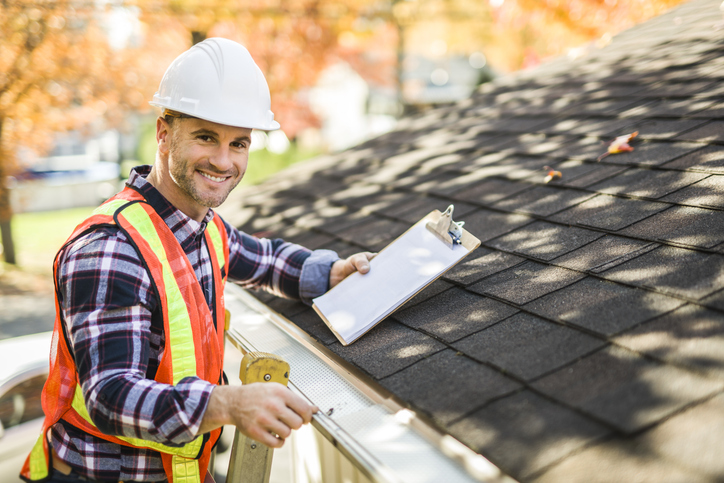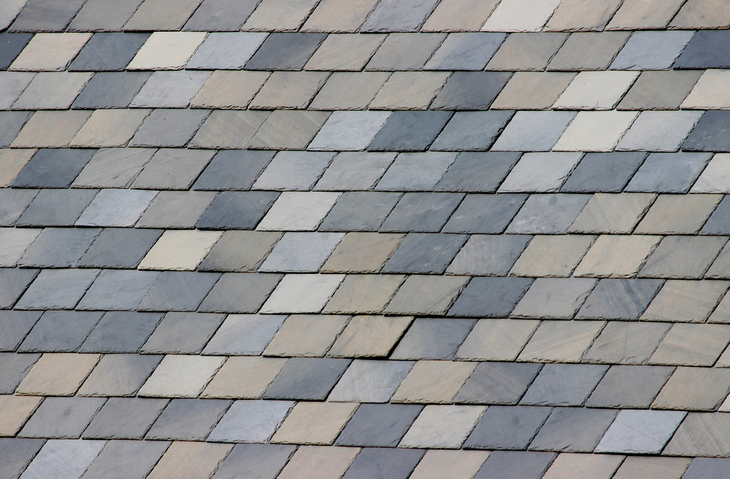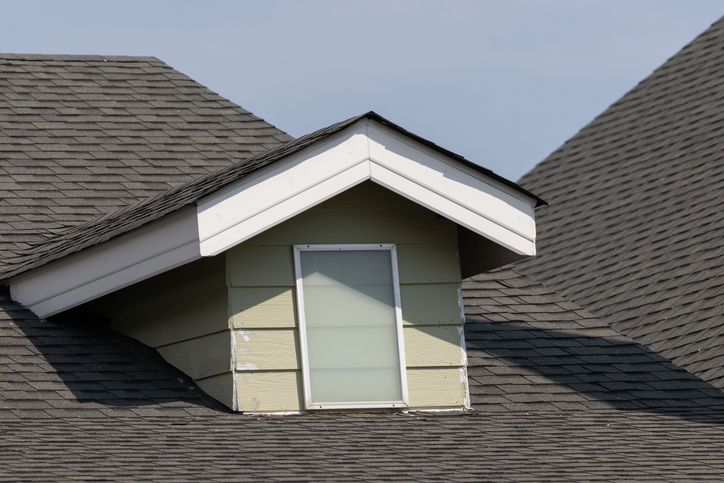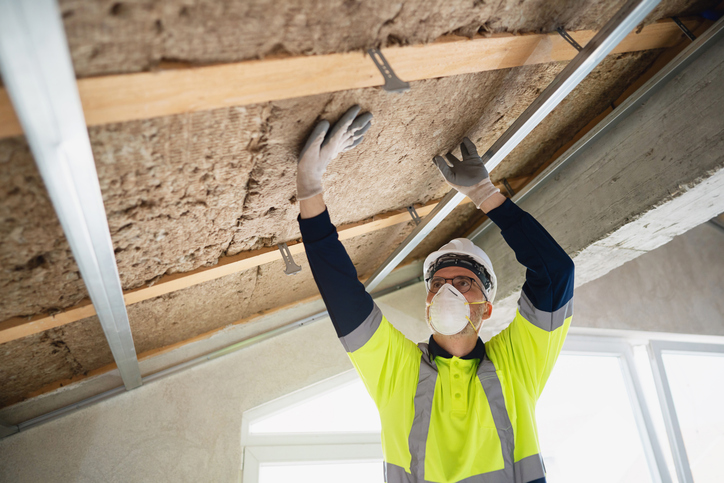Understanding the Impact of Weather on Gutter Performance

Understanding the Impact of Weather on Gutter Performance
March 11, 2024
Gutters are an essential but often overlooked component of a building’s exterior. They play an important role in directing rainwater away from the structure, preventing water damage, soil erosion, and foundation issues. However, the performance of gutters is significantly influenced by weather conditions.
Understanding how various weather patterns affect gutter performance is key to maintaining their effectiveness and prolonging the integrity of your roof and property.
Rain
Rain is perhaps the most obvious weather factor influencing gutter performance. When it rains heavily or consistently, gutters must efficiently channel the water flow without overflowing or becoming clogged. Properly functioning gutters protect the roof, siding, and foundation from water intrusion, highlighting the importance of regular gutter maintenance in anticipation of rainy seasons.
Snow and Ice
When it comes to colder climates, snow and ice can present challenges for gutters. Accumulating snow on the roof can lead to substantial meltwater, which the gutters must effectively manage. Additionally, ice dams forming at the edge of the roof can obstruct the flow of water into the gutters, potentially causing damage to both the gutters and the roof. Installing heating elements or implementing proactive snow removal measures can help mitigate these issues.
Wind
Strong winds can dislodge debris such as leaves, twigs, and branches, depositing them in gutters and downspouts. This debris accumulation can obstruct the flow of water, resulting in overflow and potential water damage to the building. Checking for signs of gutter damage after periods of high winds is essential to prevent blockages and ensure optimal performance.
Heat and Sunlight
Prolonged exposure to heat and sunlight can impact the structural integrity of gutters, particularly those made of materials susceptible to thermal expansion and contraction. Over time, this repeated stress from temperature fluctuations can cause gutters to warp, sag, or develop leaks. Choosing high-quality, weather-resistant materials and ensuring proper installation can mitigate the effects of heat and sunlight on gutter performance.
Hail
Hailstorms can pose a significant threat to gutters, especially those made of non-resilient materials. Hailstones can dent or damage gutters, compromising their ability to function effectively. Following severe weather events, it’s important to inspect gutters for any signs of damage and promptly address any issues to maintain optimal performance.
Extreme Weather Events
In regions prone to hurricanes, tornadoes, or severe thunderstorms, gutters face the ultimate test of their durability and functionality. These extreme weather events can subject gutters to intense wind, heavy precipitation, and flying debris. Investing in high-quality, impact-resistant gutters designed to withstand extreme weather conditions is essential for properties located in such areas.
Roofing and Gutter Experts of Norwalk
Our team of experienced and professional roofing contractors looks forward to serving Connecticut residents’ roofing and gutter needs. We can thoroughly examine the roof, identify the underlying problem, and make the needed corrections. Homeowners who notice any preceding concerns are urged to contact us as soon as possible.
Recent News

The Best Time to Schedule Roof Repairs: Why Autumn Is Not Too Late
November 20, 2025

Common Signs Your Slate Roof Needs Repair
November 18, 2025

How to Maintain Your Gutters Year-Round & Avoid Water Damage
November 13, 2025

How New Siding Can Increase Your Home’s Value & Energy Efficiency
November 5, 2025

How Weather in Fairfield County Affects Your Asphalt Roof & What You Can Do About It
October 30, 2025

Color Trends in Siding
October 2, 2025

